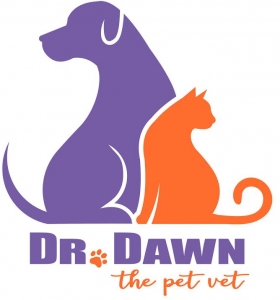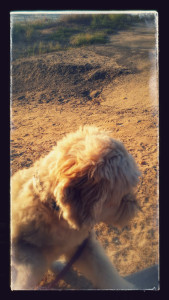Canine Influenza, also known as the dog flu, is a virus that can lead to respiratory illness in dogs. Rarely, it can lead to pneumonia. It is important to know about it, how to prevent it, and to make sure your dog is protected by it’s vaccine, in addition to the more well known “kennel cough” vaccine. Some dogs are at higher risk of exposure than others. That distinction is what I wanted to talk about in this blog.
FIRST SOME BACKGROUND INFO:
Canine influenza type A is a viral disease, that seems to be limited to dogs. No human cases of transmission from their dogs has been reported. There are two different strains: H3N2 and H3N8. Bordetella, better known as kennel cough, is not the same disease. Both viruses and mycoplasma, and most commonly the bordetella bronchoseptica bacteria cause the kennel cough. Any combination of infectious agents may result in the signs.
Most kennels and dog daycare centers require the kennel cough vaccine. Some also require the influenza vaccine. Make sure that you ask them prior to seeing your veterinarian. Neither vaccine is 100% effective. Canine influenza is not as common, but is rearing it’s ugly head in the US again. The map above shows diagnosed recent cases (red dots) and those that had other respiratory illnesses (blue dots). There is a new “Bivalent” vaccine available that protects against both strains.
The disease may present mildly, but tends to be more severe than symptoms seen with kennel cough. Thus it is very important to tell your veterinarian if you dog is experiencing symptoms, and particularly if they are young, old, have recently been groomed, boarded, go to daycare, or traveled for dog shows. Signs may vary from a cough,runny nose, fever and mild lethargy to more serious disease and pneumonia, and rarely death.
Dogs can be tested for the disease. Treatment varies depending on the specific signs and severity. Secondary bacterial infections are not uncommon, and are treated with antibiotics. Fluid therapy, and possibly hospitalization may be required, in addition to radiographs if pneumonia is suspected. It is extremely contagious to other dogs.
HOW IS IT SPREAD?
Direct contact with aerosolized respiratory secretions (coughing and sneezing) can spread the disease, even if there is no direct dog to dog contact. Thus, contaminated objects can harbor the secretions. That includes clothing, kennel equipment, hospital equipment, and hands. Feces can also transmit the virus.
PREVENTION:
Note that dogs may be shedding organisms before they show signs of disease. Always be aware and cautious when around other dogs. General good practices are to avoid face to face contact between dogs if able. Don’t share water or food bowls, or toys. Wash your hands frequently, and clean up all feces immediately and completely. Do not bring any sick dogs to dog parks, trial, class, boarding facilities, groomers, or any other gathering of dogs.
Dr. Dawn
Please share and subscribe here






